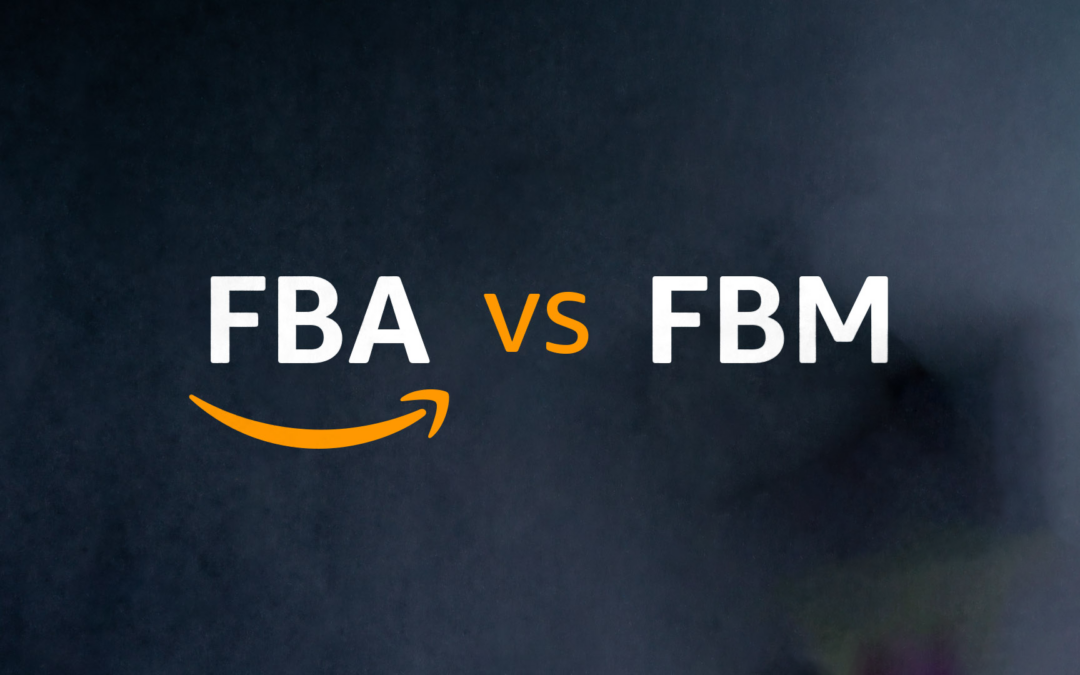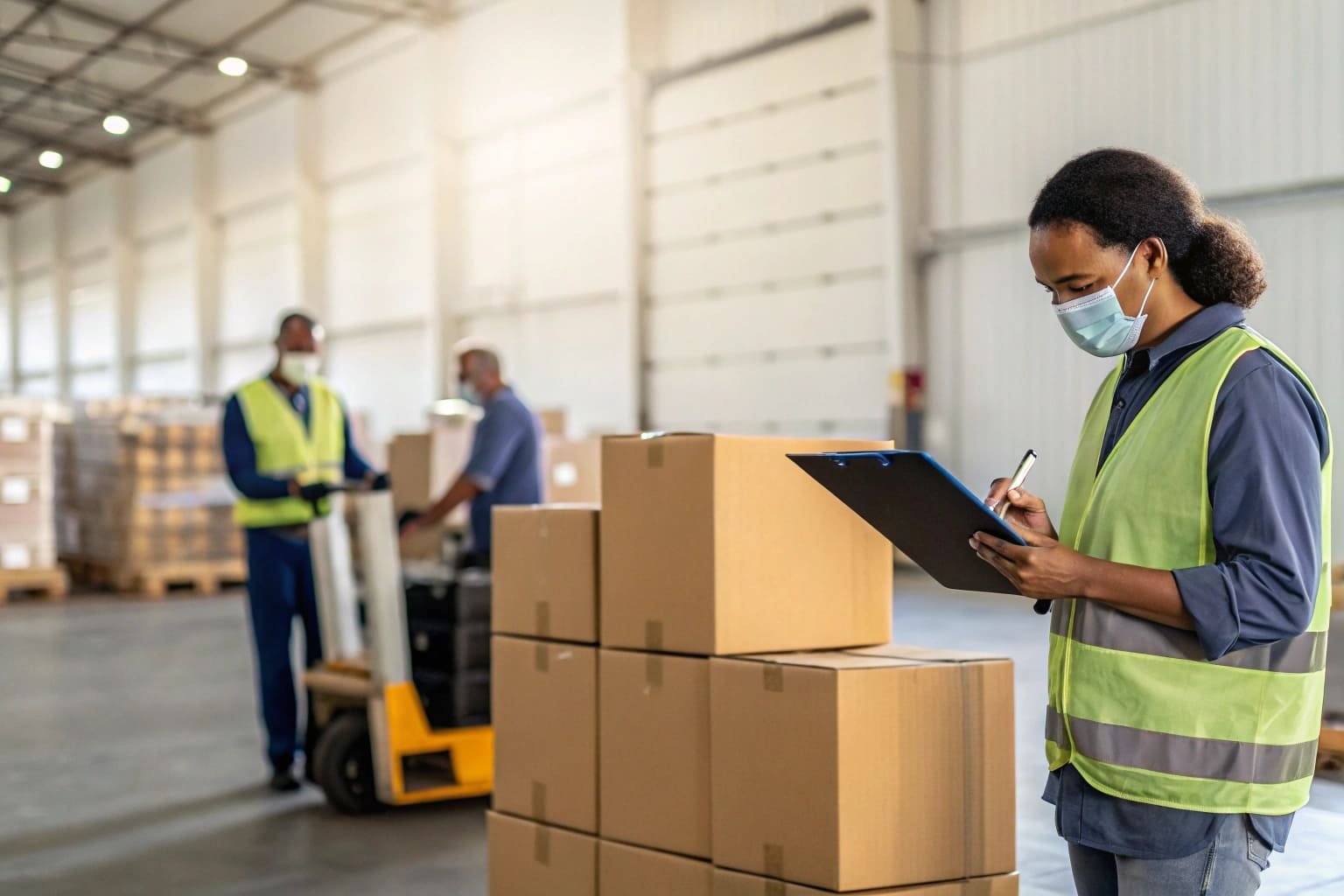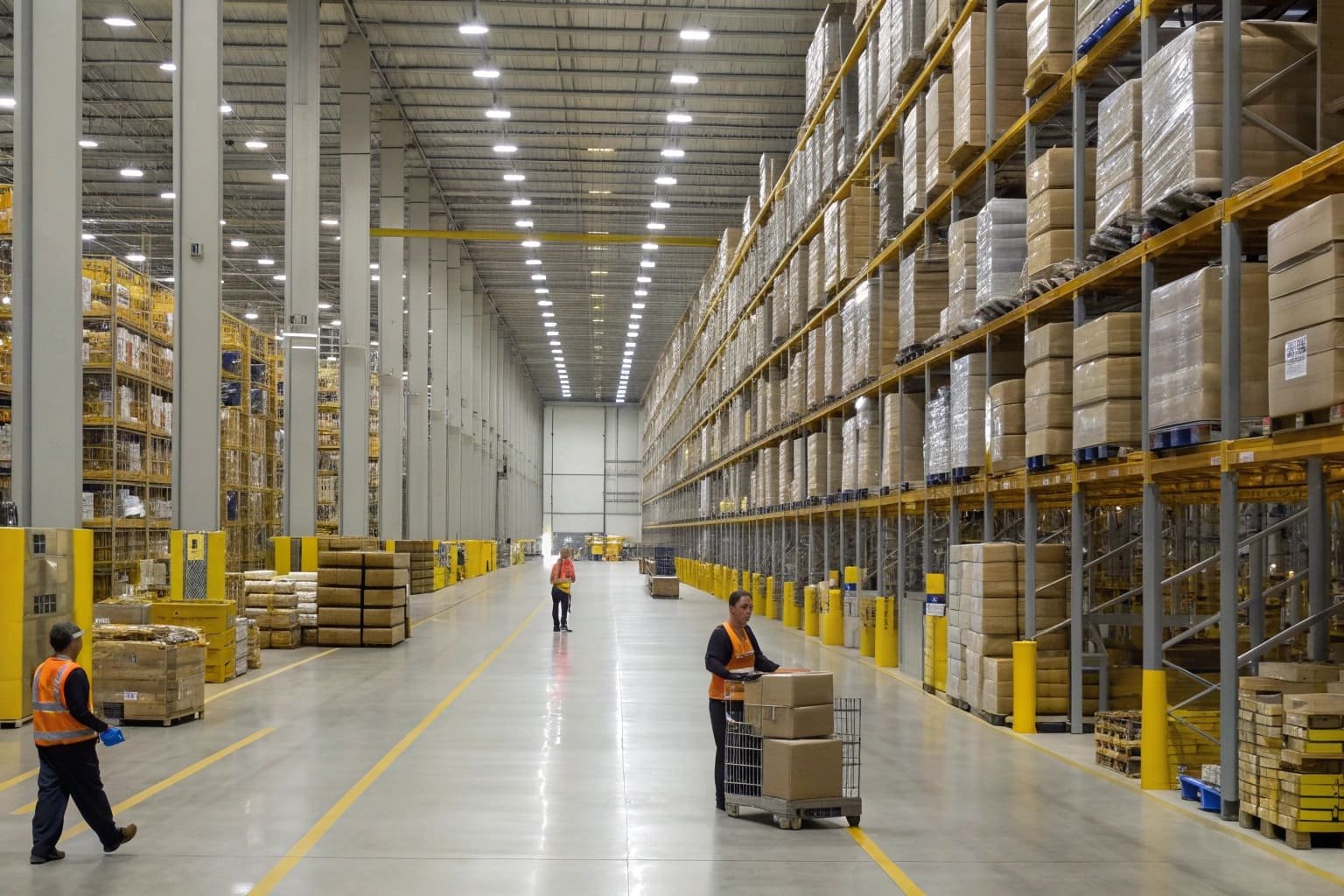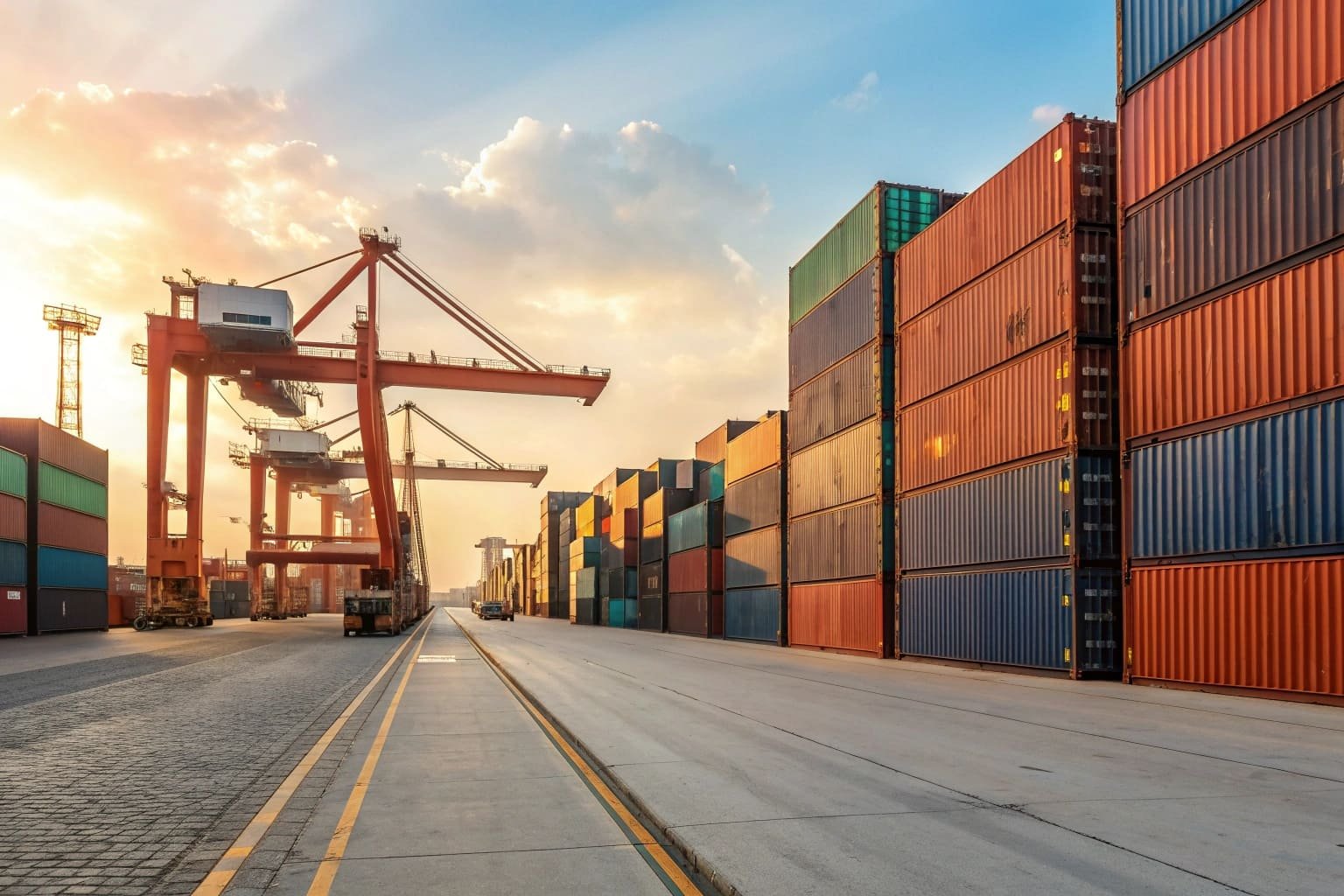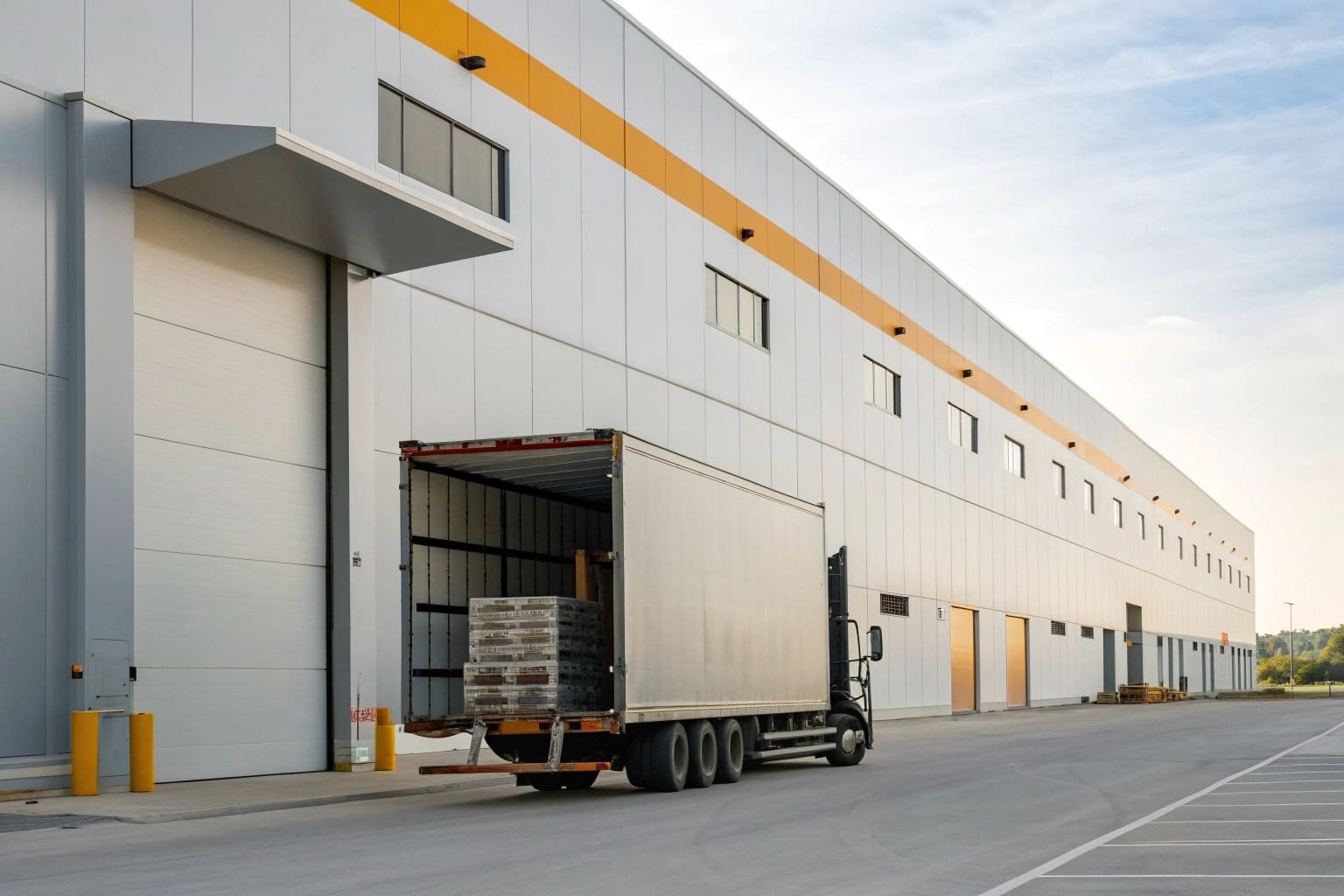Amazon, the world’s largest online marketplace, offers sellers multiple ways to deliver products to customers. Two of the most popular fulfillment methods are Fulfillment by Amazon (FBA) y Fulfillment by Merchant (FBM). Each method has its own processes, costs, benefits, and challenges, making them suitable for different types of sellers. This article explores the key differences between Amazon FBA and FBM, helping you decide which approach aligns best with your business goals.
What is Amazon FBA?
Amazon FBA stands for Fulfillment by Amazon. In this model, sellers send their inventory to Amazon’s fulfillment centers. Once an order is placed, Amazon handles picking, packing, shipping, and even customer service on behalf of the seller. FBA is designed to streamline the logistics process, leveraging Amazon’s vast infrastructure and expertise.
How FBA Works
- Inventory Shipment: Sellers prepare their products according to Amazon’s guidelines and ship them to an Amazon fulfillment center.
- Storage: Amazon stores the inventory in its warehouses until an order is placed.
- Cumplimiento de pedidos: When a customer buys the product, Amazon picks it from the shelf, packs it, and ships it to the buyer.
- Atención al cliente: Amazon manages returns, refunds, and customer inquiries.
- Prime Eligibility: FBA products are automatically eligible for Amazon Prime, offering free two-day shipping to Prime members.
FBA is ideal for sellers who want to offload logistical responsibilities and tap into Amazon’s customer base, especially Prime members.
What is Amazon FBM?
Fulfillment by Merchant (FBM), also known as Merchant Fulfilled Network (MFN), is a method where sellers handle the entire fulfillment process themselves. This includes storing inventory, packing orders, and shipping them directly to customers. Amazon acts only as a platform to list and sell the products, leaving logistics entirely in the seller’s hands.
How FBM Works
- Gestión de existencias: Sellers store their products in their own warehouse, home, or a third-party facility.
- Order Processing: When an order is placed, the seller picks, packs, and ships the product.
- Envío: Sellers choose their preferred shipping carriers (e.g., USPS, UPS, FedEx) and cover shipping costs.
- Atención al cliente: Sellers are responsible for handling returns, refunds, and customer inquiries.
- No Prime Badge: FBM listings are not automatically eligible for Prime unless the seller qualifies for Seller Fulfilled Prime (SFP), a separate program with strict requirements.
FBM suits sellers who want full control over their operations or have unique products that don’t fit Amazon’s fulfillment model.
Key Differences Between FBA and FBM
The primary distinction between FBA and FBM lies in who handles fulfillment. However, this decision impacts costs, scalability, customer experience, and more. Below is a detailed comparison presented in a table:
| Aspecto | Amazon FBA | Amazon FBM |
|---|---|---|
| Fulfillment Responsibility | Amazon handles picking, packing, shipping, and customer service. Sellers focus on sourcing and listing. | Sellers manage storage, packing, shipping, and customer service themselves. |
| Estructura de costes | Includes fulfillment fees (e.g., $3.48 per small item), storage fees (e.g., $0.87-$2.40 per cubic foot), and long-term storage fees (e.g., $6.90 per cubic foot). | Varies: shipping costs, storage (own space or rented), labor, and packaging materials. |
| Control Over Operations | Limited control; Amazon uses standardized processes with no custom \npackaging options. | Full control; sellers can customize packaging and shipping methods. |
| Escalabilidad | Easily scales with Amazon’s infrastructure, ideal for seasonal spikes. | Requires additional resources (space, staff) to scale, challenging for small sellers. |
| Prime Eligibility & Buy Box | Automatic Prime eligibility; higher Buy Box chances due to fast shipping. | No Prime unless Seller Fulfilled Prime (SFP); lower Buy Box odds unless competitive. |
| Customer Experience | Fast, reliable shipping (e.g., 1-2 days) and Amazon-backed support. | Varies by seller; delays or poor service can hurt reviews. |
| Gestión de existencias | Amazon tracks stock; sellers monitor to avoid stockouts or fees. | Sellers manage directly, offering flexibility but requiring robust systems. |
Additional Notes on Costs
- FBA: Fees are predictable but can erode margins for slow-moving or bulky items. Optional services (e.g., labeling) add costs.
- FBM: Costs depend on shipping rates, storage setup, and labor, requiring careful management to stay competitive.
Comparison :Amazon FBA and FBM
Advantages of Amazon FBA
- Ahorro de tiempo: FBA frees sellers from fulfillment tasks, allowing focus on product sourcing, marketing, and growth.
- Prime Advantage: Access to Prime customers increases sales potential.
- Alcance mundial: FBA supports international selling through programs like Amazon Global Logistics.
- Customer Trust: Amazon’s reputation for reliability enhances buyer confidence.
- Multi-Channel Fulfillment: Sellers can use FBA to fulfill orders from other platforms (e.g., eBay, Shopify).
Disadvantages of Amazon FBA
- High Fees: Storage and fulfillment costs can erode margins, especially for low-cost or slow-selling items.
- Menos control: Sellers can’t customize packaging or interact directly with customers.
- Inventory Risks: Long-term storage fees penalize unsold stock, and retrieving inventory can be costly.
- Prep Requirements: Strict guidelines for packaging and labeling add upfront work.
Advantages of Amazon FBM
- Control de costes: Sellers avoid Amazon’s fees, potentially increasing profit margins.
- Flexibilidad: Custom packaging and shipping options allow for branding opportunities.
- Inventory Freedom: No pressure from long-term storage fees; sellers can hold stock indefinitely.
- Profit on High-Margin Items: Works well for expensive or bulky products where FBA fees would be prohibitive.
Disadvantages of Amazon FBM
- Time-Intensive: Managing fulfillment demands significant effort, especially during peak seasons.
- Prime Disadvantage: Lack of Prime eligibility can reduce visibility and sales.
- Customer Service Burden: Handling returns and inquiries falls on the seller, risking negative feedback if mishandled.
- Scalability Limits: Growth depends on the seller’s ability to expand logistics capacity.
When to Choose FBA
FBA is best for:
- High-Volume Sellers: Businesses with consistent sales benefit from Amazon’s efficiency.
- Small, Lightweight Products: Items with low fulfillment fees maximize profitability.
- Hands-Off Sellers: Those who prefer outsourcing logistics to focus on strategy.
- Prime-Focused Strategies: Sellers targeting Prime customers for faster sales.
For example, a seller of phone accessories (small, fast-selling items) might thrive with FBA due to low fees and Prime appeal.
When to Choose FBM
FBM suits:
- Low-Volume Sellers: Small businesses or hobbyists with limited sales can avoid FBA fees.
- Large or Heavy Items: Products with high FBA fees (e.g., furniture) are cheaper to ship independently.
- Custom Products: Sellers offering personalization or unique packaging.
- Cost-Conscious Sellers: Those with tight margins who can manage logistics in-house.
A seller of handmade furniture, for instance, might prefer FBM to control shipping costs and add custom touches.
Hybrid Approach: Using FBA and FBM Together
Many sellers combine FBA and FBM to optimize their business:
- FBA for Best Sellers: Use FBA for top-performing, lightweight items to leverage Prime.
- FBM for Niche Products: Fulfill bulky, slow-moving, or custom items yourself.
- Testing New Products: Start with FBM to gauge demand, then switch to FBA if sales take off.
This hybrid strategy balances cost, control, and scalability.
Seller Fulfilled Prime: A Middle Ground
Seller Fulfilled Prime (SFP) allows FBM sellers to offer Prime shipping by meeting Amazon’s performance standards (e.g., two-day delivery, high on-time rates). However, SFP requires:
- Approval from Amazon.
- Consistent nationwide shipping capabilities.
- Higher operational costs than standard FBM.
SFP bridges FBA and FBM but demands significant investment, making it less common.
Real-World Examples
FBA Success Story
A seller of reusable water bottles uses FBA. With lightweight products and steady sales, they benefit from Prime eligibility and Amazon’s fast shipping. FBA fees are offset by high volume, and the seller focuses on marketing rather than logistics.
FBM Success Story
A crafter sells custom wooden signs via FBM. The bulky items would incur steep FBA fees, and personalization requires direct control. By shipping themselves, they save money and include branded packaging, delighting customers.
Conclusión
Choosing between Amazon FBA and FBM depends on your business model, product type, and goals. FBA offers convenience, speed, and access to Prime, but at a cost. FBM provides control and flexibility, though it demands more effort and lacks Prime perks. Evaluate your margins, sales volume, and operational capacity to decide—or mix both for a tailored approach. As of March 29, 2025, Amazon continues to evolve these programs, so staying informed on fee updates and policies is key to success.

